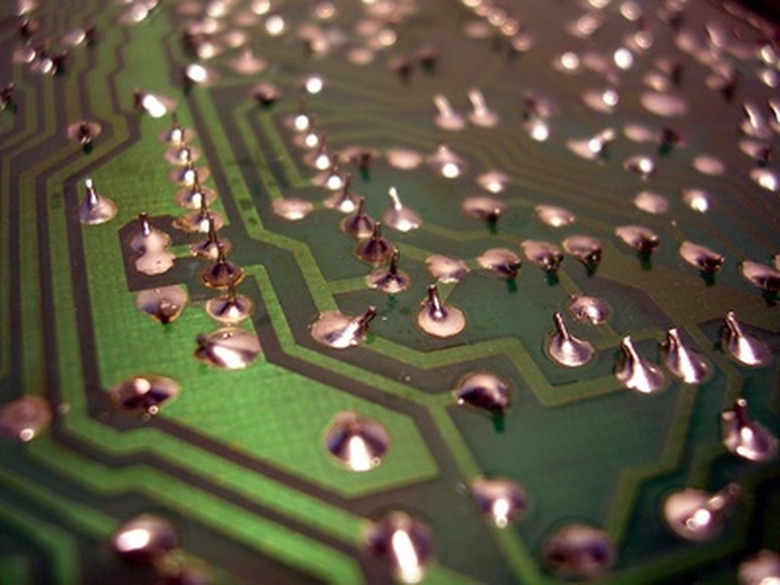The Advantages Of Soldering
Soldering makes quick and neat connections to electronic equipment, plumbing and jewelry. Heating the metals with a soldering iron or torch melts the solder onto the joint, forming the bond as the solder cools.
Lower Heat
Lower Heat
Soldering requires temperatures around 400°F. Welding requires far higher heat.
Does Not Warp
Does Not Warp
Since solder flows at lower temperatures, the metals connected do not melt or warp. They maintain their original size and shape, even if the person soldering makes mistakes.
Solder Conducts Electricity
Solder Conducts Electricity
The solder flows between the electrical connectors to bond them together. Since the solder is metal, it conducts electricity.
Multiple Connections
Multiple Connections
Circuit boards floated on a molten solder bath make multiple connections with a single operation. The solder only sticks to the components and not the board itself.
Easy-to-Learn
Easy-to-Learn
Soldering does not require any particular skill. You can learn to solder electronic components, plumbing and jewelry with easy-to-follow instructions found on several websites.
References
Cite This Article
MLA
Asmus, Richard. "The Advantages Of Soldering" sciencing.com, https://www.sciencing.com/advantages-soldering-5932136/. 24 April 2017.
APA
Asmus, Richard. (2017, April 24). The Advantages Of Soldering. sciencing.com. Retrieved from https://www.sciencing.com/advantages-soldering-5932136/
Chicago
Asmus, Richard. The Advantages Of Soldering last modified March 24, 2022. https://www.sciencing.com/advantages-soldering-5932136/
